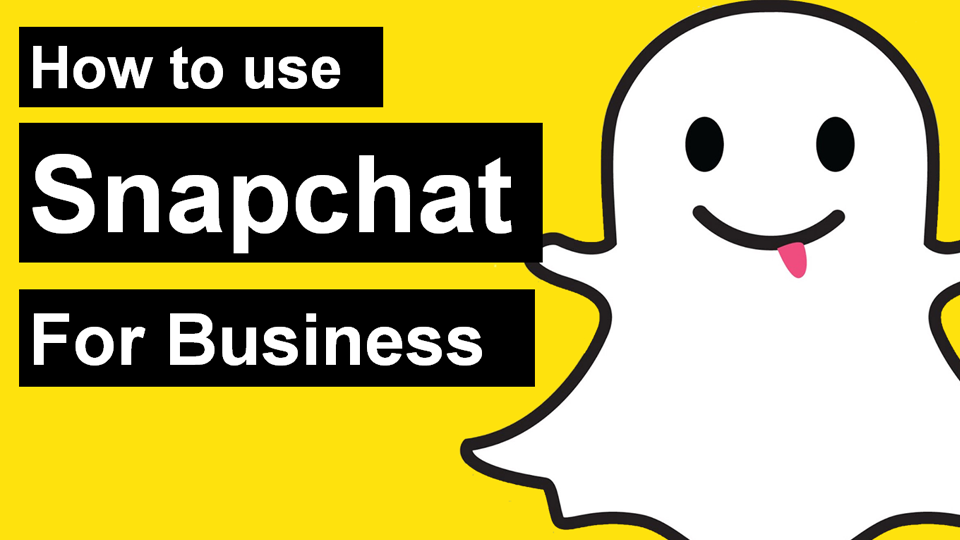Search engine positioning: how to improve it with the internal linking strategy

As all marketers know, search engine optimization is one of the main pillars of online strategies. From the selection of the best keywords to the optimization of the alternative text of the images, SEO positioning is made up of an endless number of factors that we can optimize so that our page rises in search engines.
But within all these factors, we sometimes forget some details that can be crucial for search engine positioning. For example, it is very common to pay attention to external links and have a link-building strategy, but have you considered the internal linking of your website? If the answer is “no”, it’s time to remedy it and improve your SEO with very little effort!
The importance of internal linking for search engine positioning
Internal linking, that is, the links that lead from one page to another within your website, is a much more important factor than you think. For Google, internal links show the relationships between content and transfer value and importance from one page to another.
Internal links define the structure of your website. They help users go from one site to another, and search engines understand how content is organized. A well-developed internal linking strategy makes it easier for your pages to be indexed and rank in search engines, and it also increases visitor click-through and conversion rates. And luckily, this is a factor that is completely within your control.
Before we get down to work, let’s look at some of the basic principles of internal links in search engine optimization:
- The more links a page has, the more value Google will give it. In the same way that external links indicate the overall value of a website compared to other competing sites, internal links help Google decide how important a page isabouto the other pages on your site.
- Internal links are so important that Google no longer applies limits to the total number of links on a page. Google’s first algorithms penalized pages with more than 100 links, considering it to be a spam strategy. However, this penalty has been removed for years, so you can include as many links as necessary as long as they provide value to the user.
- Internal links can make some pages of little value for conversions (such as the homepage or the company information page)end up ranking in the first places.
- Links from new content pass new value to the pages they link to and serve to alert Google that there is new information on the page. Therefore, including links in new content can help index it more quickly and thus improve its search engine rankings.
3 Winning Strategies to Improve Your Search Engine Rankings with Internal Links
1) Reduce click depth
According to Google’s statements, click depth (i.e., the number of clicks it takes to reach a particular page on the site from the homepage) influences search engine rankings. The closer a page is to the surface, the better it will rank.
For webmasters, this means that it is very easy for us to quickly improve the positioning of a particular page, especially if we work with very large websites or with a complex structure. Follow these tips to get started:
- Include more or similar recommended pages on your product pages, blog articles, and the like. This way, there will be more internal links within the same category or related categories, bringing some of the pages with more click depth closer to the surface.
- The number of top-level categories increases, i.e., categories linked from the home page itself. This will ensure that products within those categories are just a few clicks away.
- Reduce the number of pages within each category. If the categories contain many products, they are usually not loaded all at once, but are presented as a list of pages that the user can consult. The problem with this is that the products on the last pages are very deep. To solve this, you can choose to include more products on each page or create more categories so that there are fewer products on each page.
By putting these recommendations into practice, it is possible to reduce the click depth of most pages from more than 50 to less than 15. In addition, these improvements make it possible for Google’s spiders to crawl a website’s entire product catalog in less time. This makes new products more discoverable faster and improves their search engine rankings.
2) Create content hubs
This strategy works especially well on websites that use content marketing to position themselves as experts on several topics. It involves grouping related content around key topics and creating central pages that include all related links. In this way, it is possible to improve the search engine positioning of all pages around a specific topic at the same time.
These are the main characteristics of a content hub:
- Group multiple pages on your website that deal with the same topic or revolve around a particular keyword. Typically, these topics and keywords will match the core themes of your site.
- It is structured around a central page. This page includes detailed information about the main topic or keyword and links to other pages in the content center, so that all the information is correctly grouped.
- Use internal links between the different subpages to strengthen the relationships between them. Whenever possible, these links should use words related to the central theme in the anchor text.
The idea of this strategy is to ensure that the central page improves its positioning in search engines and that this authority is distributed among the links to the secondary pages, which also benefit. In addition, using content hubs can improve the positioning of the entire domain and improve the click-through rate.
3) Improve the positioning of event-related pages
This strategy is especially designed for brands that launch seasonal campaigns or celebrate special events, for example, Christmas campaigns, sales, Black Friday, or ticket sales for a congress.
To promote the pages related to the event and improve their search engine rankings, write down these tips:
- Create a landing page optimized for event-related searches. This page should contain enough text to rank on its own with the keywords related to the event, but always maintain relevance. Keep in mind that it will be easier for you to promote a single landing page with several pieces of content than several individual product pages.
- Put a “countdown” to the event on the landing page. In addition to helping you pique the interest of your target, this simple trick causes the content to change regularly, and therefore, Google spiders crawl the page more frequently.
- Create a content hub to organize the pages related to the event and link them from your landing page. Linked content can include event pages, related product pages, articles, categories, etc. This way, you will get the authority of the landing page to pass to the rest of the related pages.
- Use internal linking to promote the landing page within your website, making it easily accessible from other pages. For example, you can link to it from the homepage and place it prominently within the menu.
In this strategy, it’s essential to find the right time. Start working on your event page well in advance, and don’t forget to remove both the page and links once the event has passed.
In conclusion…
Internal linking strategies can increase a site’s authority around a given topic, increase the click-through rate, and improve the search engine rankings of individual pages.
If you use internal links strategically, you will achieve visible results in the positioning of your site’s web pages and the number of organic visits.
If you want to improve your search engine rankings in a simple way, give your website a refresh to reduce click depth, create content hubs, and promote specific groups of pages. You’ll see how the results are worth it.










